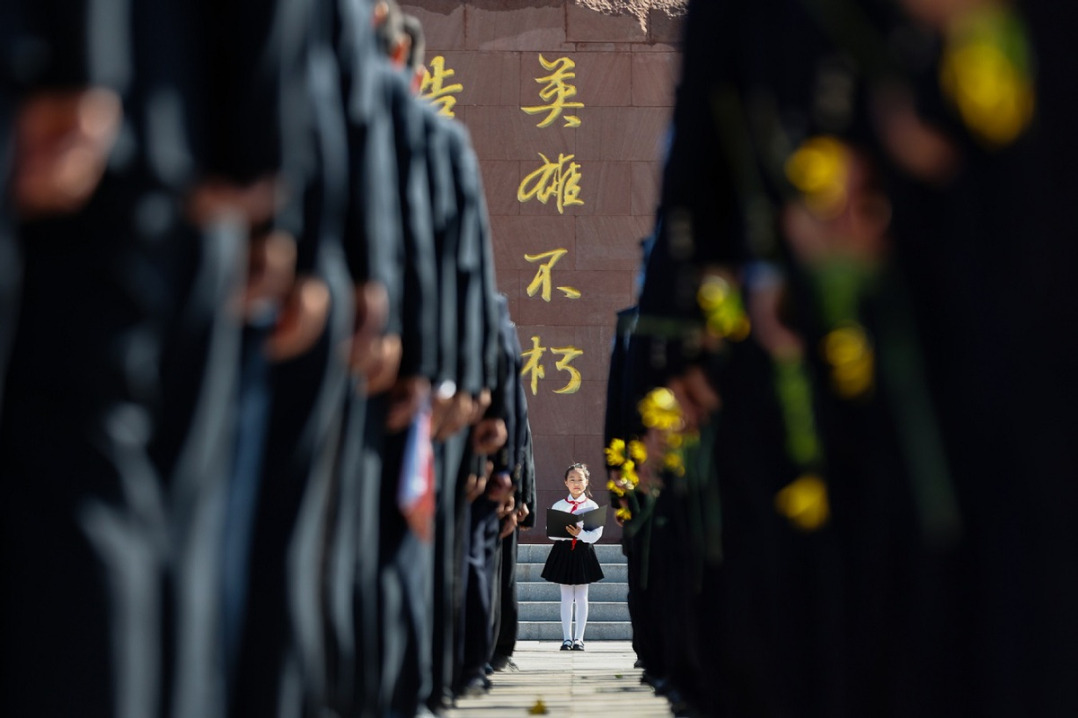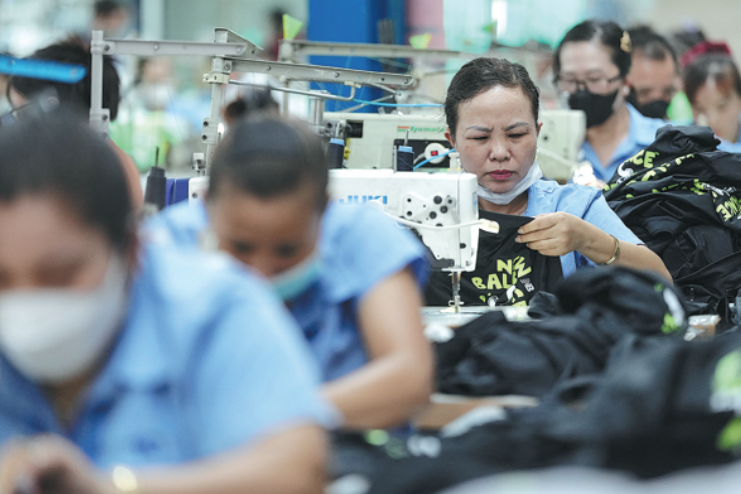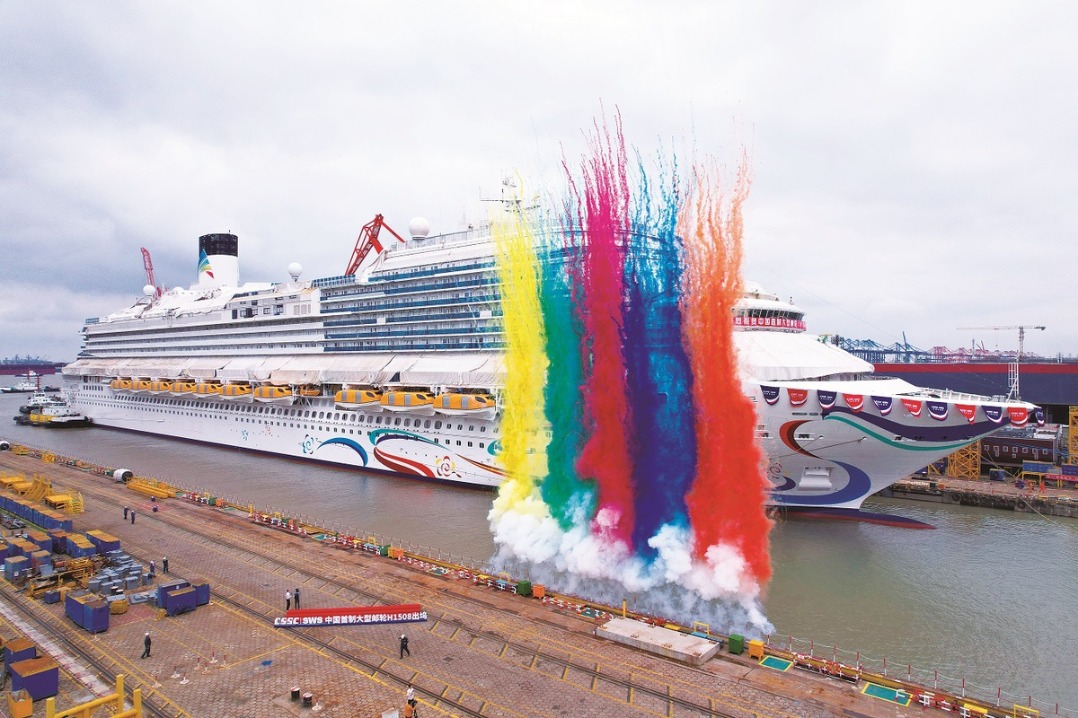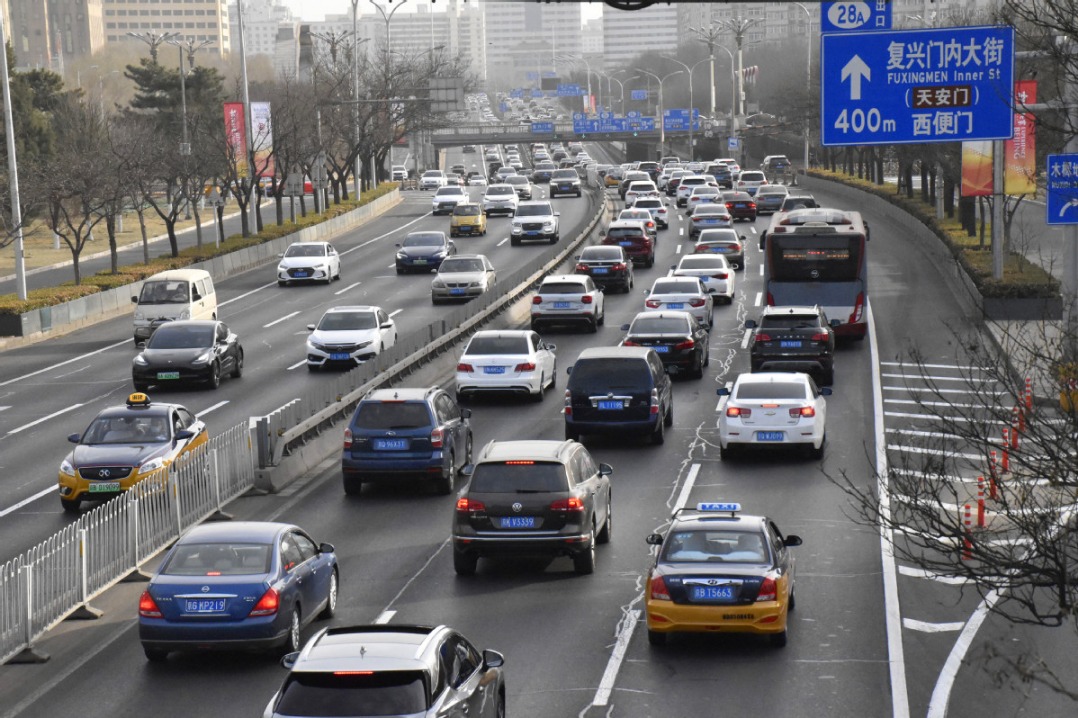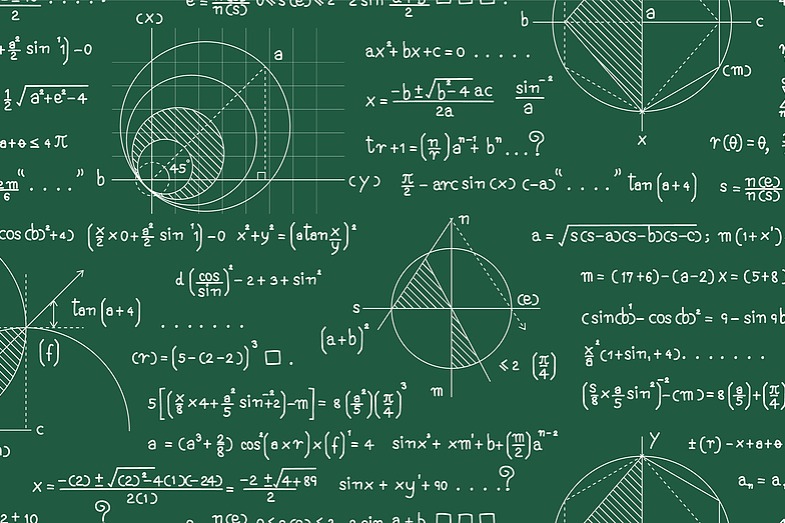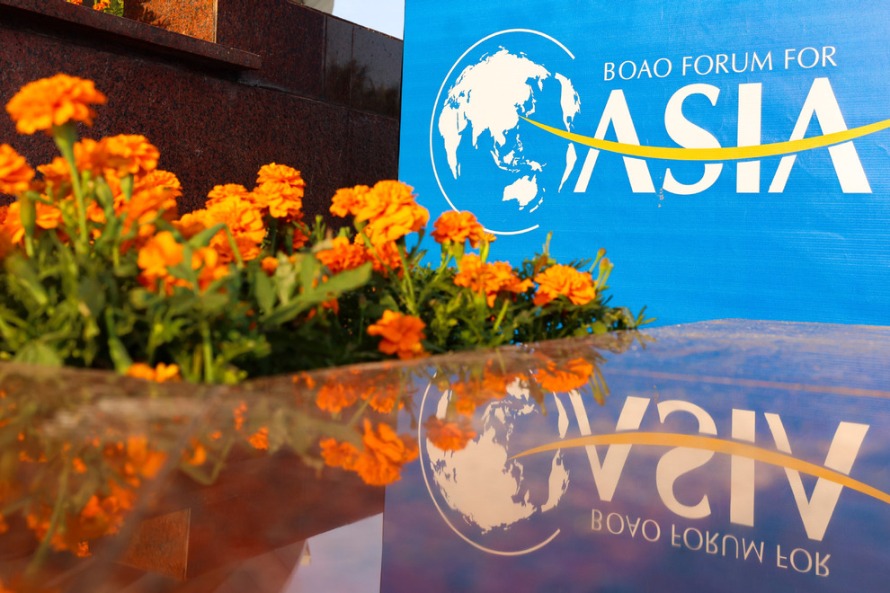Luoyang hopes to regain past glory with new museum
Xinhua | Updated: 2017-09-22 08:03
 |
| The reconstruction of the Heavenly Hall and the Hall of Enlightenment is part of Luoyang's efforts to protect the city's Tang Dynasty (618-907) relics. [Photo/Xinhua] |
At the same time, the buildings serve as tourist facilities, says Wang Ge, from the municipal cultural heritage bureau.
Heritage protection is often in conflict with city development, especially as the relics area occupies a quarter of the city center. It is no easy job to maintain balance as Luoyang strives to become one of Henan's economic engines amid rapid urbanization.
"City planning and construction are intertwined with cultural relic protection. If we can handle them well, it will be a win-win situation," says Li.
As early as the 1950s, when the central government planned to turn Luoyang into a major industrial base, the local government avoided building factories in the city area, instead setting up a new industrial district in the suburbs.
Currently, 42,000 residents live in the Sui and Tang cultural relics protection area.
"Some of them will be relocated and some will be allowed to stay. It depends on the threats posed to the relics," says Li.
Qian Binggen's family was one of the 800 households relocated in 2009 due to the reconstruction of the Heavenly Hall, where Empress Wu attended Buddhist rituals, and the Hall of Enlightenment, where she handled government affairs. The relocation project cost 1.35 billion yuan.
Qian's family was relocated to a residential complex 2 kilometers away. At the beginning, Qian was reluctant to move out, but now he accepts the changes.
The protection of cultural relics should also benefit local residents, says Du Jinpeng, a researcher with the CASS Institute of Archaeology.
Providing free entrance for locals or building an archaeological theme park can give something back to those who made sacrifices for the protection of the relics, he says.







